Follow Up: A Banner Doesn’t Stop Discrimination
Senior Esha Parikh speaks up about her experience with posting a diversity calendar
May 9, 2022
On April 27, Spotlight Media posted an editorial discussing the banner in the front hallway and how it is not helping to fix the discrimination issue at BV West and the editor’s encounter with the teachers who created the banner. Soon after, senior Esha Parikh contacted SM about her own experience and her efforts to advocate for genuine representation.
Parikh has been working on a calendar, which is now placed on the south side of the library, for over two years. The calendar is intended to keep students and teachers aware of the different religious and cultural holidays that various students celebrate. The calendar fulfills the purpose of educating others and makes teachers aware that students are observing their religious holidays and may need extensions or exemptions from assignments or tests.
“I approached [the student ambassador sponsor in 2020], and I told her that we should do a multicultural calendar because one of my friends, the year before, was taking finals during Eid,” Parikh said. “My calendar [provides] excuses for students so that they don’t have to do assignments on the due date if it interferes with their religious commitment.”
Unfortunately, the calendar doesn’t always prevent overlap. Senior Muslim students taking AP tests the week of May 2had to make a choice to skip the morning Eid prayer and celebrate an important religious holiday, skip their AP exam and then miss Class Day on May 20 to make it up.
While Parikh was working on her first calendar, the COVID-19 pandemic hit, and the project was put on pause. During the first semester, Parikh had a discussion with Principal Katie Bonnema about the calendar’s purpose and implementing it.
“I got together with Ms. Bonnema, and I shared the whole idea, and she was very supportive of it,” she said. “Ms. Bonnema [said], ‘you should really get together with [the teacher] and work on it because this was within their realm’.”
Parikh spoke with the teacher who had created the banner about the calendar. Instead of advice on her project, she was met with competition from the teacher about their banner. Her calendar was displayed several months before the banner was revealed.
“I told her about my calendar and what I wanted to do with it. She kind of made it seem like [her banner] was better,” Parikh said. “[She was] talking about how her [banner] will do so much more [for students and] how hers was more important than the calendar.”
She also explained to the teacher that the banner does not offer specific action for students compared to the calendar. Simply listing random holidays like Canadian Thanksgiving or the Winter Solstice did not help students demonstrate to the community what students were doing or that they’d need academic relief while celebrating.
“It was definitely clear to me from the beginning [that] there was a lot of lack of research going into this,” Parikh said. “While I think it’s nice to have our holidays up there on something so big, I don’t think it really does anything.”
After the initial interaction, Parikh decided the teacher’s unsupportive comments would prevent a partnership. She expressed that the teacher should have been more proactive in her comments rather than being competitive or dismissive.
“I think that being a student and having a teacher [making something like the banner], sometimes, that hierarchy kind of gets a little confusing because as a student, I shouldn’t have to be telling you [how to create student representation],” she said. “You should have the awareness to know better. You should be asking people of color or people [or] of different religious backgrounds what they want. Why is this just all about [the teacher] and not the people?”
Parikh believes that there can and should be more done than just the banner. She states that she has been working on advocacy since her freshman year, and has observed that nothing much has been done for the student population. Over time she became concerned that there was nobody else at school who also believed the same thing about the banner’s purpose.
“I didn’t really know if people shared my opinion and that’s why I really didn’t do anything. I didn’t really say anything. Cause I was like, ‘what am I going to do about it?’”
Similarly, last summer, Parikh met with the superintendent, Tonya Merrigan, to discuss an extensive mental health curriculum at Blue Valley Schools.
“I wanted to like create all these mental health guidelines and things to help people be more open about it,” she said.
Parikh was saddened to report that she felt nothing came out of that interaction, as much as she has tried to advocate for change, she has felt ignored each time she asks for help.
“At this point, there needs to be someone from ‘admin’ to take this up because, me, as a student, I can do maybe [so] much in this amount of time, but an ‘admin’ can probably accomplish five times as much as I have accomplished,” she said. “I’ve kind of noticed, Blue Valley’s just scared of parents. That’s really it at the end of the day.”
After all of Parikh’s work, trying to provide representation for all students, her mental health was impacted as she tried to balance advocacy and her classload.
“Am I going to go and push for [advocacy anymore]? Probably not, because I’m just exhausted. But I’m kind of at that point where it’s just like, I can’t keep doing this,” Parikh said. “It’s not that hard [to] just be kind, be respectful, [and] be empathetic. That’s really what we need is empathy. How can you have that when you’re [never] having these conversations?”

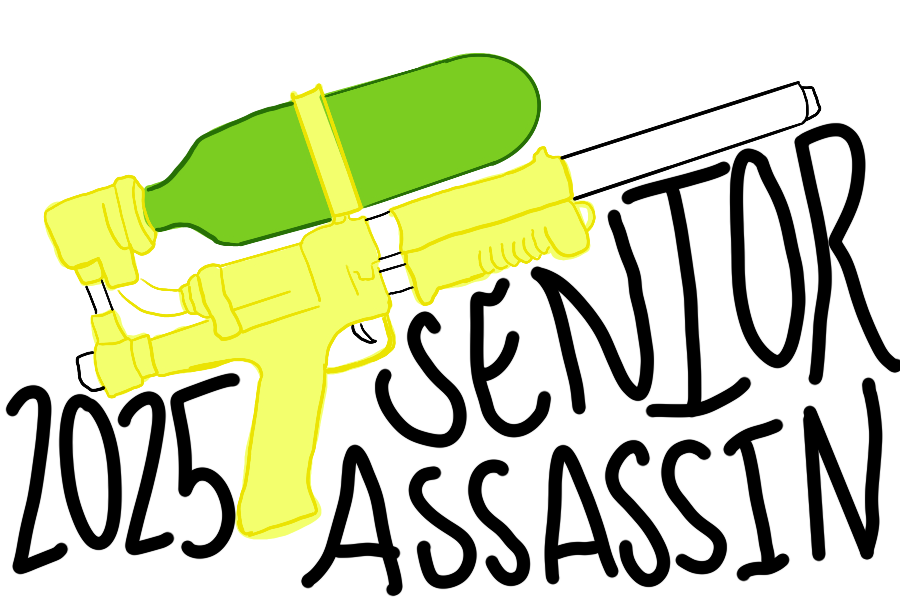





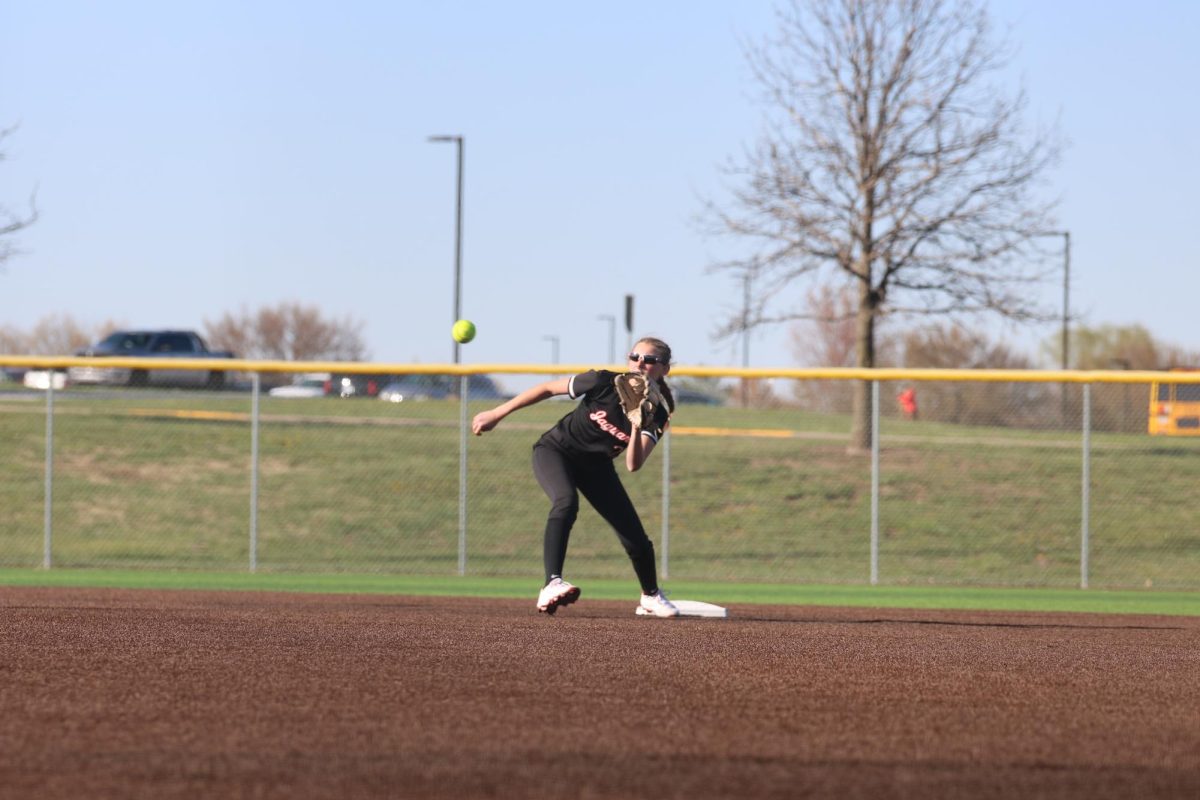
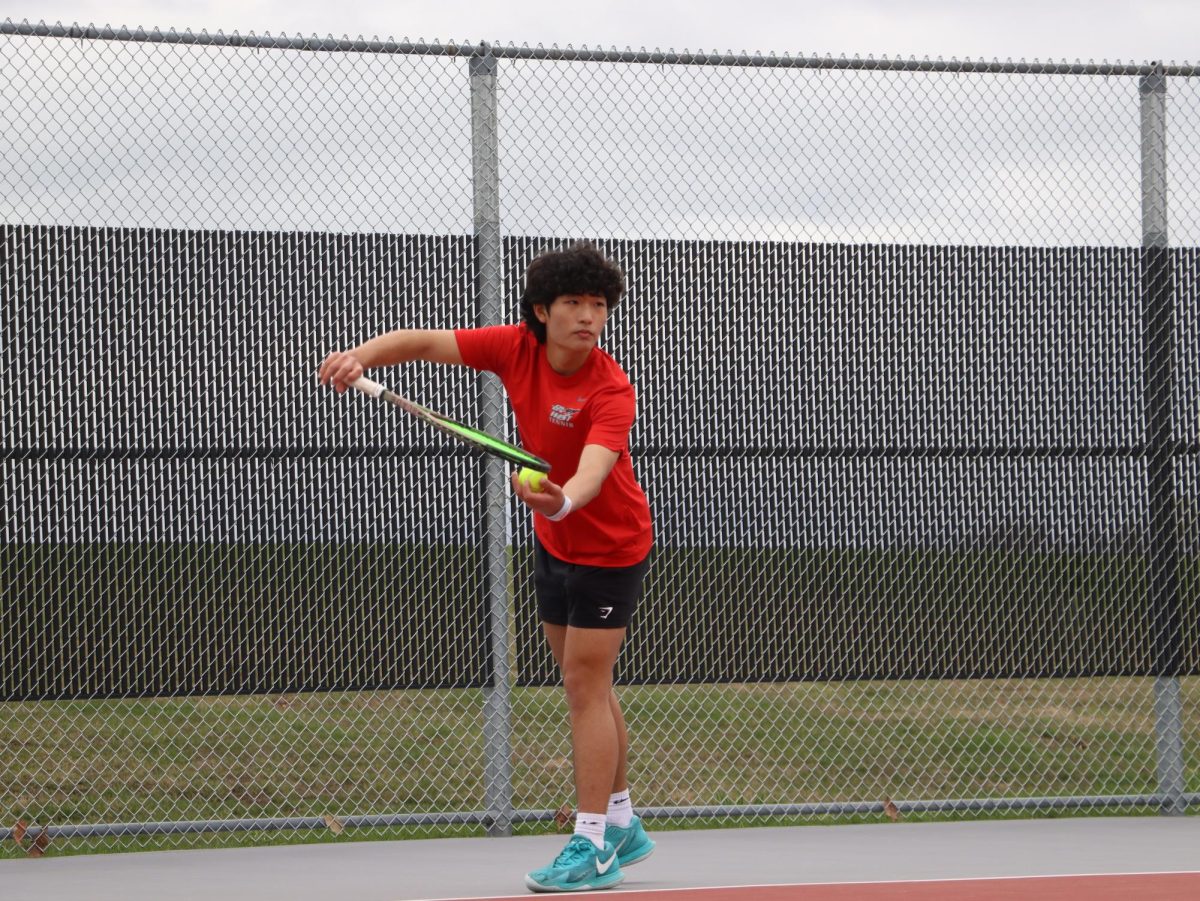
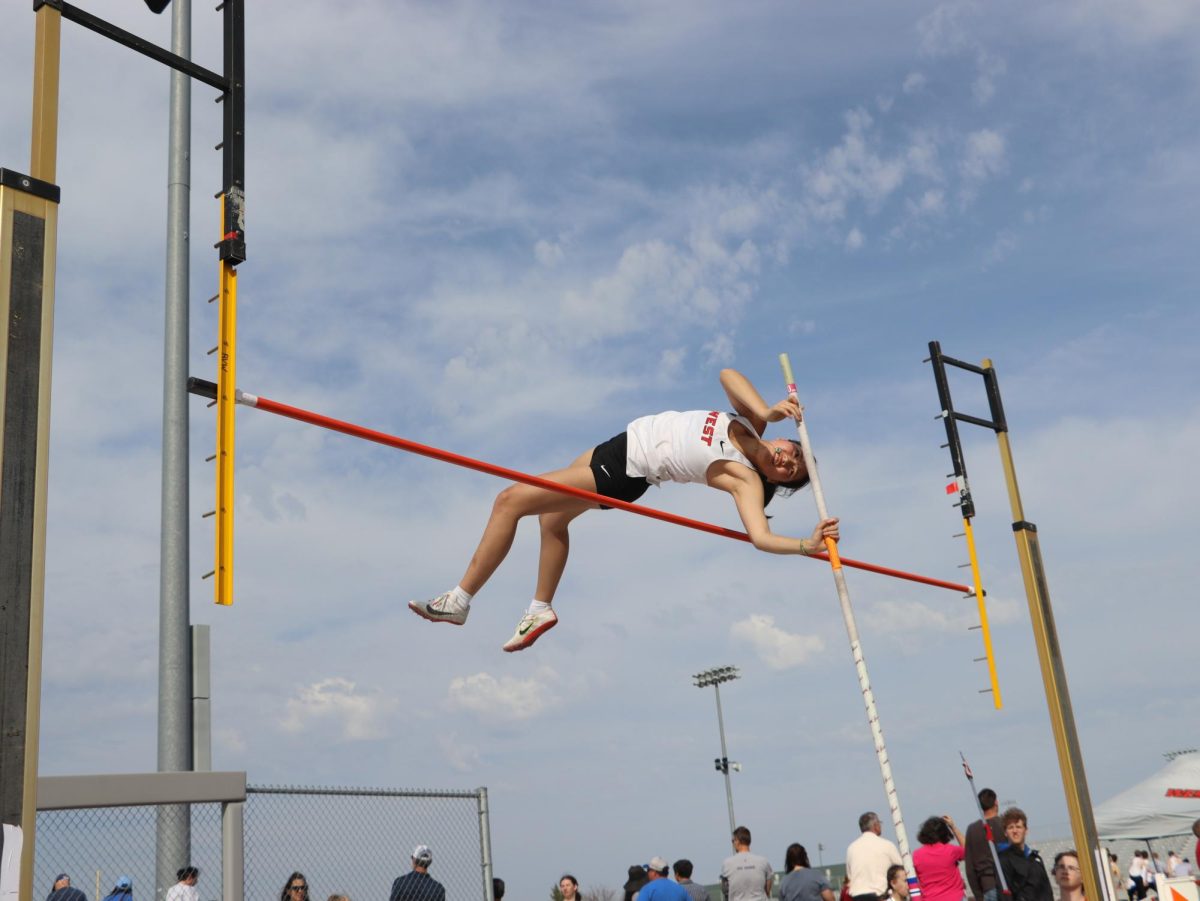
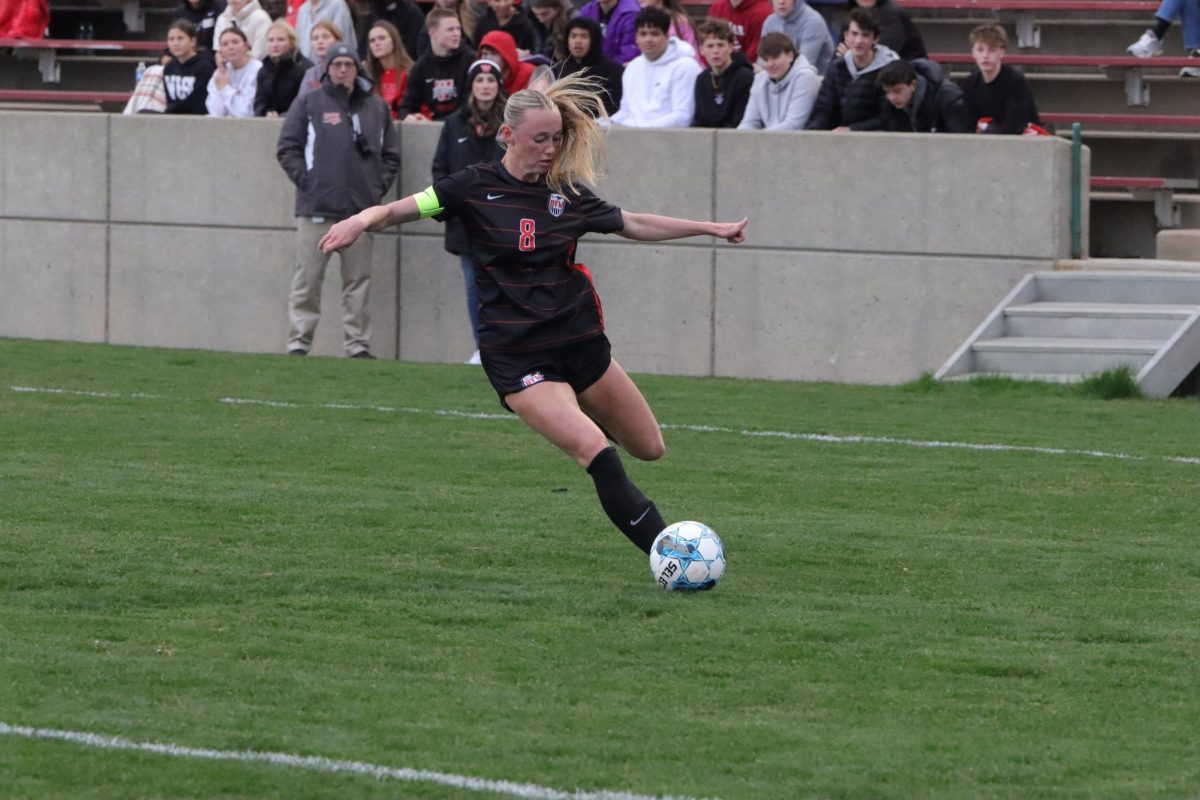

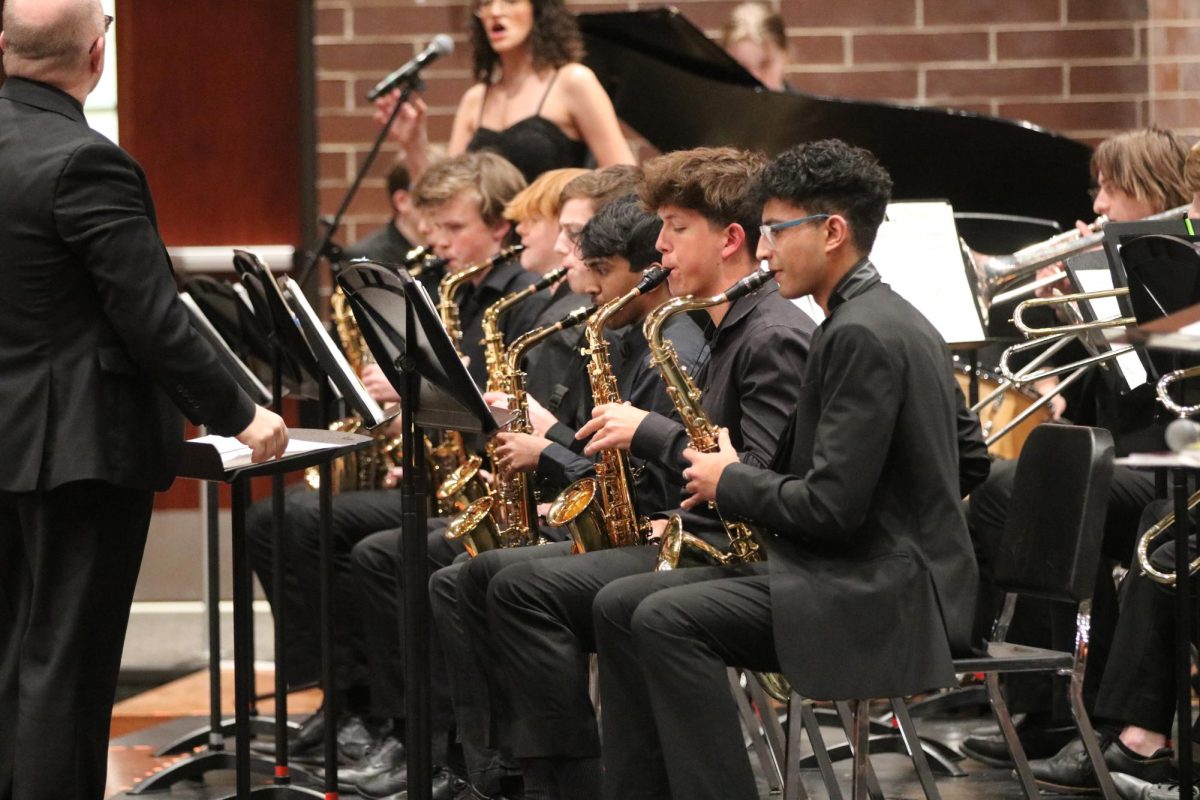

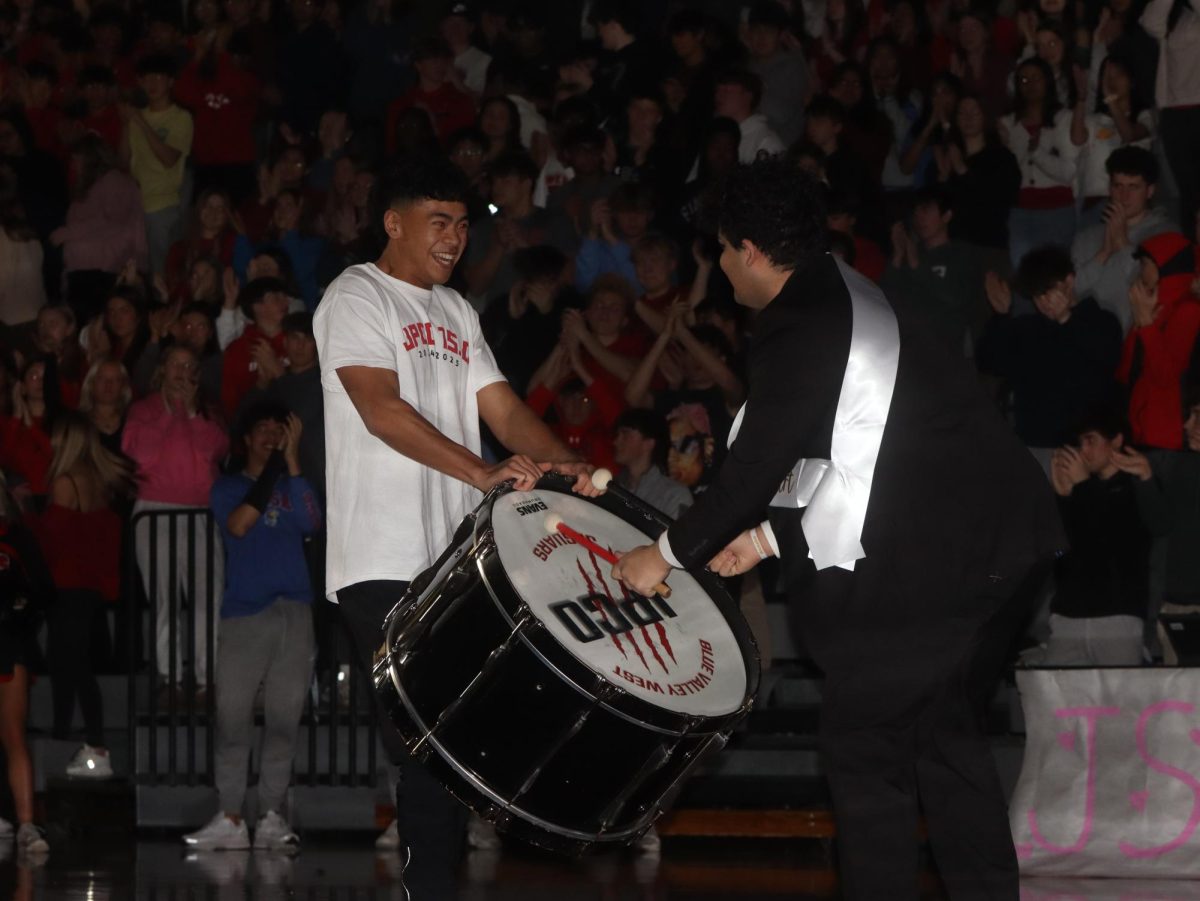
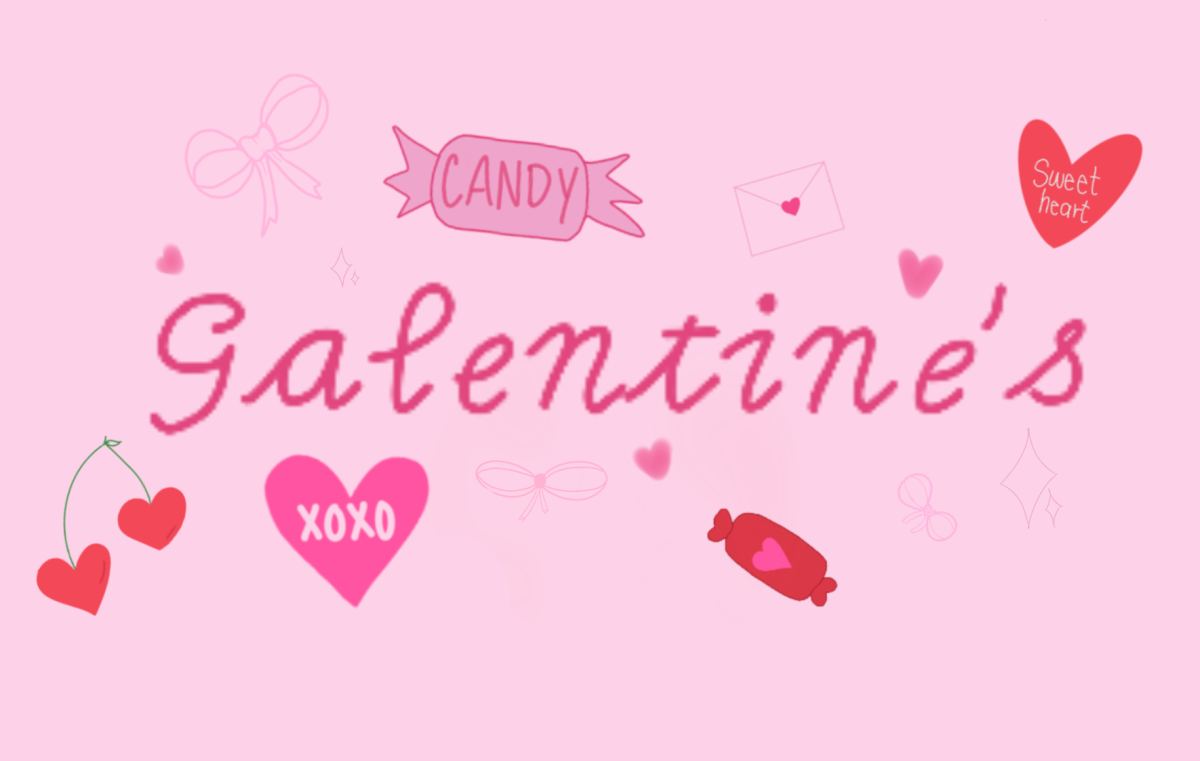

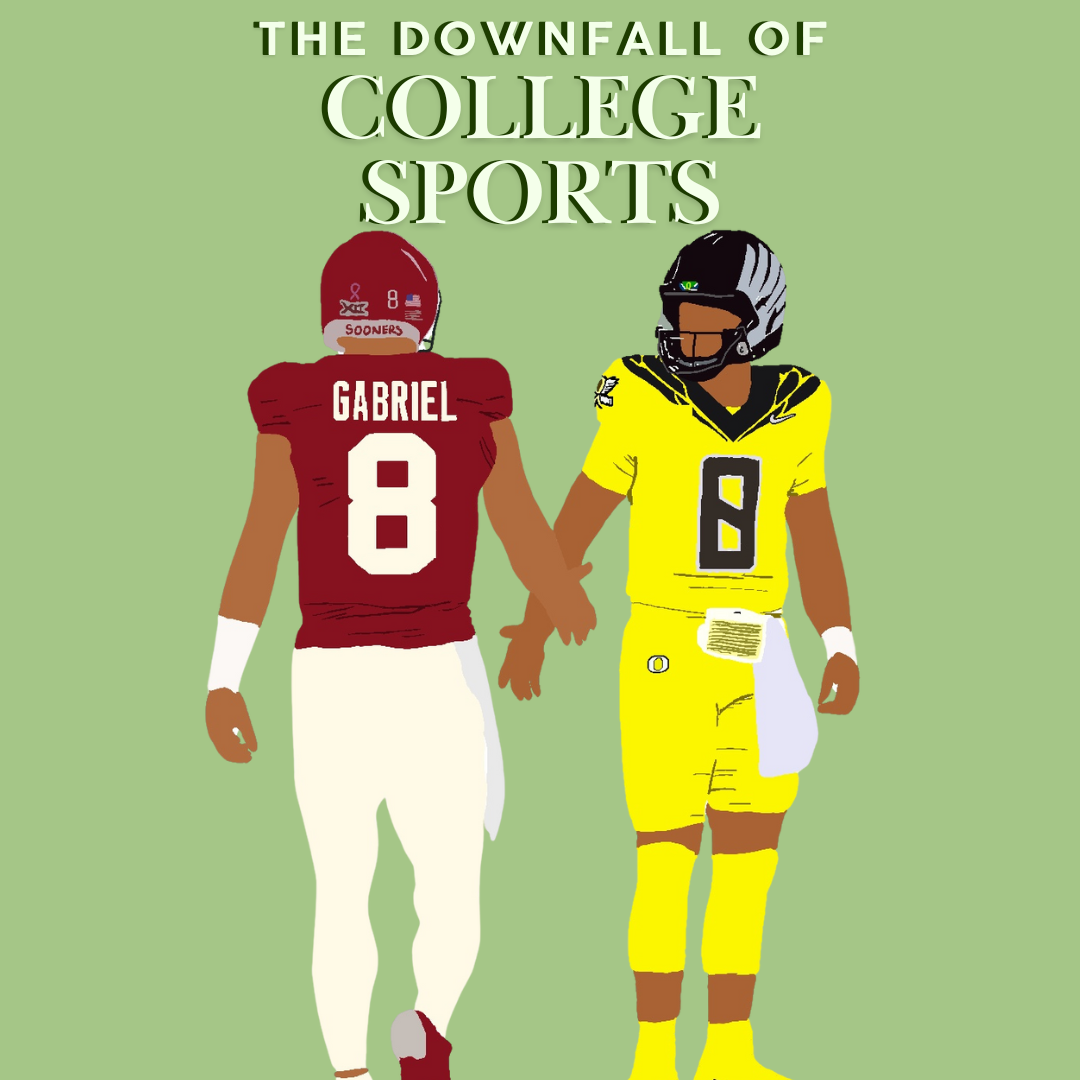






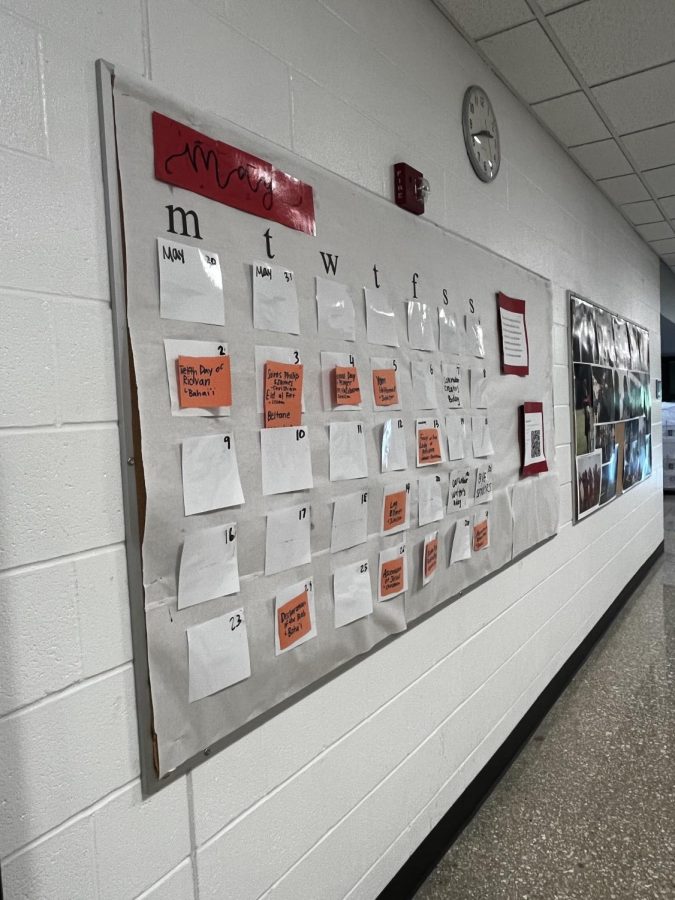

Donna Syed • May 9, 2022 at 2:57 pm
BRAVA!